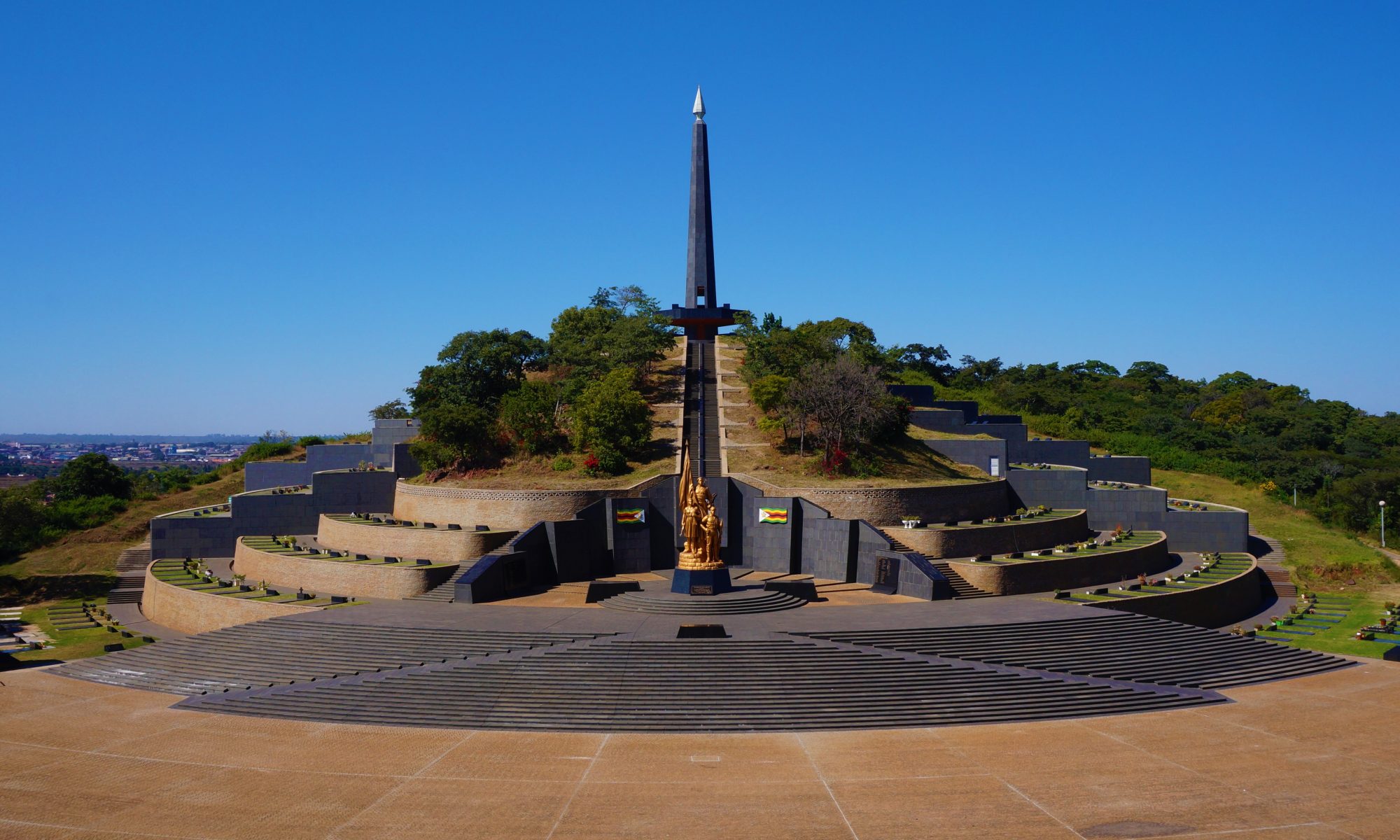Raymond Chisi
Heroes Day provides a moment for Zimbabweans to pause and reflect on the immense sacrifices made by the gallant sons and daughters who fought for our nation's independence. The shrines of our freedom fighters serve as powerful symbols of their extraordinary courage and selflessness that allow generations to feel and share their remarkable stories of self-sacrifice for the peace we all enjoy today.
During the brutal guerrilla war that spanned from the 1880s to late 1979, which culminated in our independence, countless men and women displayed inconceivable bravery, fighting against all odds to secure a brighter future for Zimbabwe.
Heroes Day, gives us a time to pay tribute to our heroes who are laid to rest at various shrines both within and without our borders, including the National Heroes Acre, Chibondo, Nyadzonia, and Chimoio as well as many of our liberation fighters’ whose remains are still unknown.
The National Heroes Acre, our most esteemed shrine, stands as the pride of Zimbabwe. It symbolizes the bravery, selflessness and commitment demonstrated by our heroes.
Towering majestically is the Tomb of the Unknown Soldier, representing the final resting place of many Zimbabweans who sacrificed their lives for our freedom and independence but whose remains are scattered across valleys, disused mines, caves, unknown graves, and mass graves throughout the nation and in neighbouring states.
The mausoleum of the late former President Robert Mugabe, complete with his biography, is also located at this national shrine. Additionally, there are several provincial shrines across the country, preserving our rich liberation history for generations to come.
Historic sites where major ambushes and battles took place, such as Chinhoyi, Zibude, Altena Farm, and Grand Reef, continue to be recognized as historic shrines under the National Museums and Monuments of Zimbabwe (NMMZ).
Massacre sites like Kamungoma, Hurodzavasikana, Karima, and Cross Jotsholo are also managed by the NMMZ. Numerous NMMZ-run burial sites and mass graves for guerrillas and civilians killed during the liberation struggle, such as Ruombwe Mountain, remind us of the sacrifices made.
Recently, President Emmerson Mnangagwa officially launched the Pupu Battle Memorial Site for the Shangani Battle, underscoring the continuous development of these liberation sites.
The bloodshed and dedication of our cadres in freeing the country from white oppressors are a stark reminder that the freedom Zimbabwe enjoys today did not come easily. These sites are repositories of our liberation history, serving as powerful reminders to future generations of the immense sacrifices made for our sovereignty.
In honour of our liberation heroes, many streets have been named after iconic figures, such as Emmerson Mnangagwa, Robert Mugabe, Josiah Tongogara, Hebert Chitepo and Jaison Ziyaphapha Moyo, among others. Naming streets after these icons ensures that their unimaginable sacrifices and bravery are remembered by generations to come.
Statues have also been erected in their honour, such as the Joshua Mqhabuko Nyongolo Nkomo statue in Bulawayo and the Mbuya Nehanda statue at the corner of Samora Machel Avenue and Julius Nyerere Way in Harare. These efforts are part of a broader initiative to preserve the country's liberation history and appreciate the roles played by these icons in the armed struggle.
The Museum of African Liberation is a testament to the Second Republic's unwavering dedication to preserving the liberation heritage and honouring African liberation icons. This museum will significantly contribute not only to preserving our liberation history but also to developing Africa's political and economic trajectory.
Several external shrines are situated outside Zimbabwe's borders, where numerous sons and daughters perished defending our sovereignty. Mass graves and memorial sites, such as Chimoio in Mozambique and Freedom Camp in Zambia, are sacred shrines where the remains of liberation heroes are laid to rest.
The Chimoio site remains a symbol of the resistance, sacrifice, bravery, and dedication of the fallen heroes buried there. It also serves as a stark reminder of the callousness and ruthlessness of colonialism. These sites significantly shape the history of Zimbabwe and Africa as a whole.
It should be known that our liberation heroes played a fundamental role in achieving the sovereignty we enjoy today. The various liberation sites ensure that the stories and sacrifices by our freedom fighters are passed down through generations. As we celebrate Heroes Day next month, it is essential to acknowledge and honour these heroes who laid their lives down for our freedom.
Again, it has to be noted that the national shrines where our heroes are buried are not merely historical landmarks but living embodiments of our nation's resilience and determination. They remind us of the collective effort that brought about our independence and the continuous journey toward a prosperous and united Zimbabwe. Each name etched in stone at these sites represents a story of courage, a tale of unwavering commitment to the cause of liberation.
Moreover, the preservation and promotion of these sites are crucial in fostering a sense of national identity and pride. They serve as educational resources, providing valuable lessons on the cost of freedom and the importance of unity in achieving national goals. Visiting these sites offers an opportunity for reflection and a renewed commitment to the values that our liberation heroes stood for.
The significance of these shrines extends beyond national borders, highlighting the interconnected nature of African liberation movements. The collaboration and solidarity among African nations during the liberation struggle are exemplified by the shared sacrifices and the memorials that stand in neighbouring countries. This collective memory strengthens the bonds between nations and underscores the importance of continued cooperation and mutual support in addressing contemporary challenges.
As Zimbabwe continues to honour its heroes through these shrines, it is also essential to ensure their preservation for future generations. This involves not only maintaining the physical structures but also keeping the stories and memories alive through documentation, education, and community engagement. By doing so, we ensure that the legacy of our liberation heroes remains a guiding light for our nation.




